Stromboli rises from the deep blue Mediterranean, one of Earth’s most active volcanoes and a real jewel among Italy’s Aeolian Islands.
The first time I saw its perfect cone from the ferry, I felt a jolt of excitement. This isn’t your average island getaway.
The place almost vibrates with energy, sending up puffs of smoke and, sometimes, flashes of lava you can spot from miles away.
Hiking Stromboli at sunset might be the most electrifying thing you do in Italy. Every 15-20 minutes, the volcano puts on a show—raw, wild, and impossible to forget.
The trek up takes about 5-7 hours round trip. Guided tours are required for safety, and you’ll pay around 40 EUR per person.
Down below, the black-sand beaches are a dramatic backdrop to your adventure. Stromboli somehow manages to suit adrenaline junkies and those who just want to chill by the sea.
Every summer, thousands of people make their way here. Some are after those gleaming black beaches, but honestly, most of us want to get as close as we can to the craters after a good hike.
I always tell friends—stay at least two nights. You need time to soak in the volcano’s power and the slow rhythm of village life in its shadow.
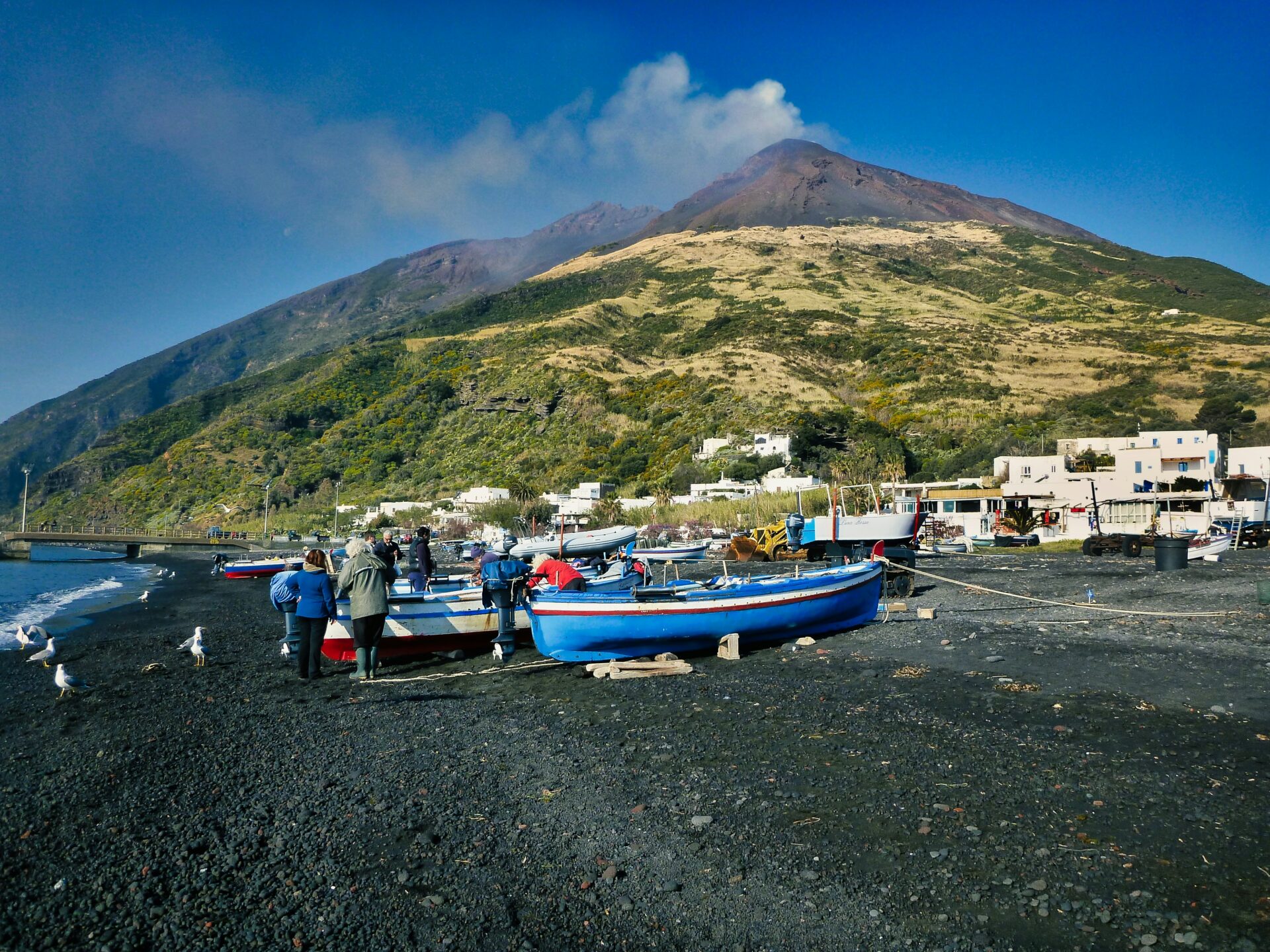
The Fascination of Stromboli: Earth’s Fiery Beacon
Stromboli shoots straight up from the Tyrrhenian Sea, grabbing your attention with its constant eruptions. These eruptions light up the night sky in a way that’s hard to describe.
This natural lighthouse has guided sailors and sparked myths for thousands of years.
History and Legends of Stromboli
The ancient Greeks called Stromboli “Strongyle,” or round, because of its perfect shape. In Greek myths, Hephaestus, god of fire, supposedly worked his forge inside this volcano.
Sailors have used Stromboli’s steady eruptions to navigate for centuries, which is why they nicknamed it the “Lighthouse of the Mediterranean.” I’ve chatted with locals who still tell stories about their ancestors using the glowing peak to find their way home.
Ingrid Bergman and Roberto Rossellini filmed “Stromboli” here in 1950. Their off-screen romance made the island famous worldwide.

Why Stromboli Is an Icon Among Active Volcanoes
Stromboli stands out because it never really stops erupting. Most volcanoes are quiet for years, but this one has kept going for over two millennia.
Every 15-20 minutes, it tosses lava high into the air. Volcanologists now use the term “Strombolian activity” for this kind of rhythmic eruption.
Three active craters sit at the summit. Both the northern and central-southern vents regularly blast molten rock skyward.
When I saw it for the first time, I couldn’t believe how steady and almost predictable the eruptions felt.
Alongside Etna and Vesuvius, Stromboli is one of Italy’s three active volcanoes. Scientists love it—it’s a natural lab for studying eruptions in real time.

The Village of Stromboli and Island Life
The village of Stromboli clings to the volcano’s lower slopes. About 500 people live here year-round.
Life here moves to the volcano’s rhythm. When authorities change hiking rules after big eruptions, like in 2019, the island’s tourism-driven economy has to adjust fast.
Black sand beaches meet white-washed houses. I always enjoy watching locals tend their gardens, growing grapes, capers, and olives in fertile volcanic soil.
You won’t find many cars—just narrow paths for walking or zipping around on tiny electric vehicles. The isolation brings a calm you just don’t get on the mainland.
Despite the risks, islanders stay deeply connected to their home. Their resilience is honestly inspiring and gives the Aeolian Islands their special charm.

Geology and Volcanic Activity
Stromboli has fascinated scientists and travelers for ages. This volcano shows off some of the world’s most consistent eruptions and unique geological features that shaped the island and the archipelago.
The Eternal Eruptions: What Makes Stromboli Unique
Stromboli’s eruptions have been going on for about 2,000 years—almost nonstop. Written records go back to 350 BCE, which is why sailors called it the “Lighthouse of the Mediterranean.”
Its classic eruption style, “Strombolian activity,” is a real spectacle. I’ve stood there watching rhythmic explosions launch lava, ash, and gas every 10-20 minutes.
Multiple vents within the crater terrace shoot out glowing lava bombs that arc through the night before crashing back down.
This regular activity happens because gas bubbles rise through the magma and burst at the surface. It’s a little like a giant champagne bottle constantly popping its cork.
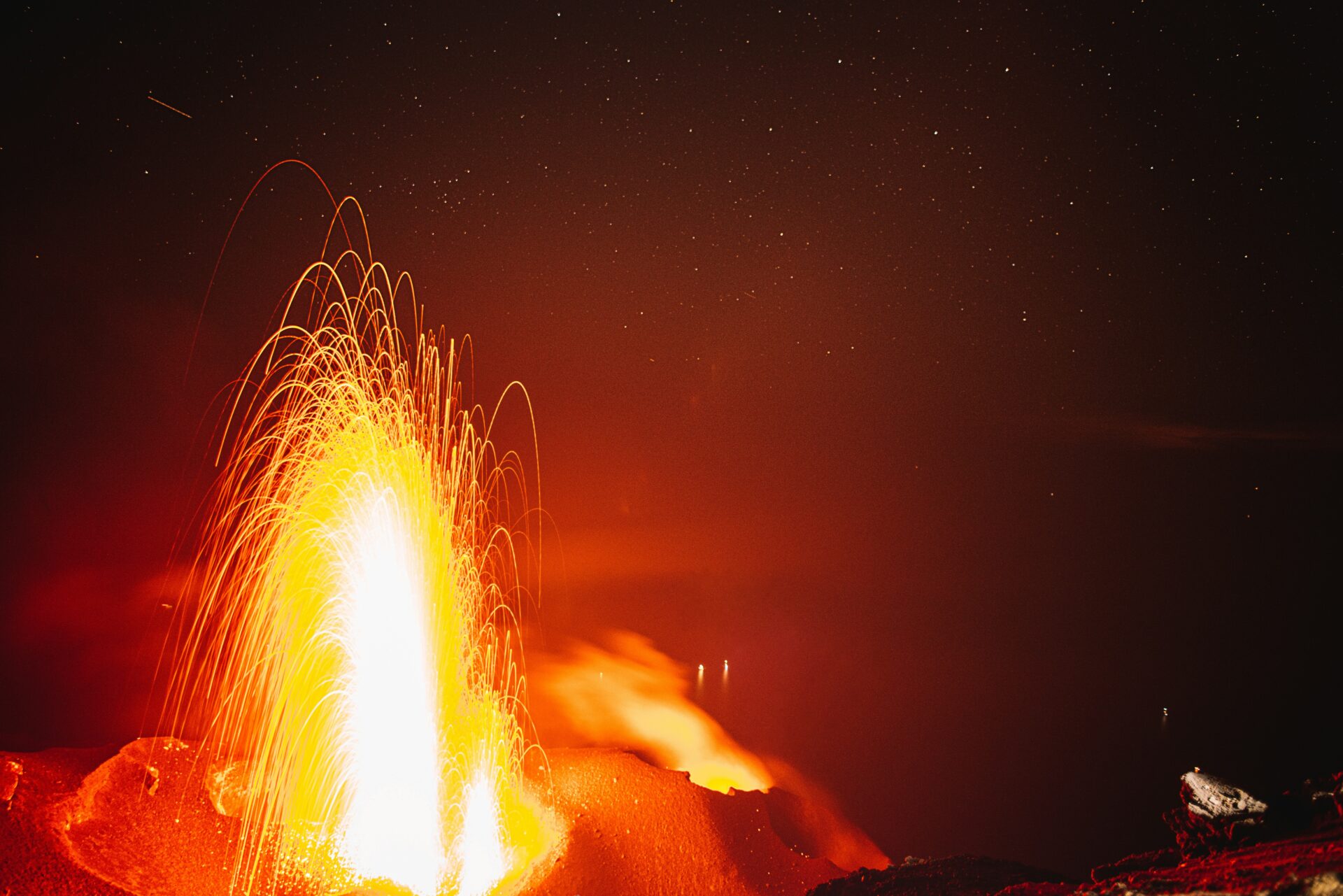
Sciara del Fuoco: The Fiery Slope
The Sciara del Fuoco—or Stream of Fire—is Stromboli’s most striking feature. This horseshoe-shaped scar runs down the volcano’s north side, carved by centuries of collapses and erosion.
I first saw it on a boat tour, and the contrast between the black volcanic slope and the blue sea left me speechless.
This steep chute funnels:
- Volcanic bombs
- Lava flows
- Ash and debris
- Loose rocks
The Sciara continues underwater, plunging over 700 meters deep. When lava flows down and hits the sea, it creates massive steam clouds.
Nothing grows here—the constant movement keeps the slope bare, a stark black streak you can spot from far away.

Lava Flows and Major Eruptions
Stromboli’s daily activity stays pretty mild, but sometimes it ramps up. Major eruptions happened in 2002, 2007, and 2019, forcing evacuations and causing damage.
The 2019 eruption was especially violent. I remember watching the news as a huge ash plume shot up, and sadly, a tourist lost their life to a sudden pyroclastic flow.
Bigger eruptions usually bring:
- Stronger explosions at the summit
- Lava pouring down the Sciara del Fuoco
- Ash clouds visible from other islands
- Rare but possible tsunamis from underwater landslides
Italy’s National Institute of Geophysics and Volcanology keeps a close eye on Stromboli. Scientists track earthquakes, gas, and ground movement to catch any signs of change.

How Stromboli Shapes the Aeolian Islands
Stromboli belongs to the Aeolian Islands, a volcanic chain formed where the African plate slides under the Eurasian plate.
Each island has its own vibe and volcanic history. Traveling between them, I noticed how some, like Vulcano, are still active, while others, like Lipari, just show scars from the past.
Stromboli’s eruptions keep changing its shape. New lava builds out the coastline, while landslides and erosion carve the slopes. The volcano rises about 924 meters above the sea, but its true base sits 2,000 meters below the surface.
The rich volcanic soil gives the island its fertility. Farmers grow capers, olives, and grapes on terraced fields—direct gifts from the volcano.
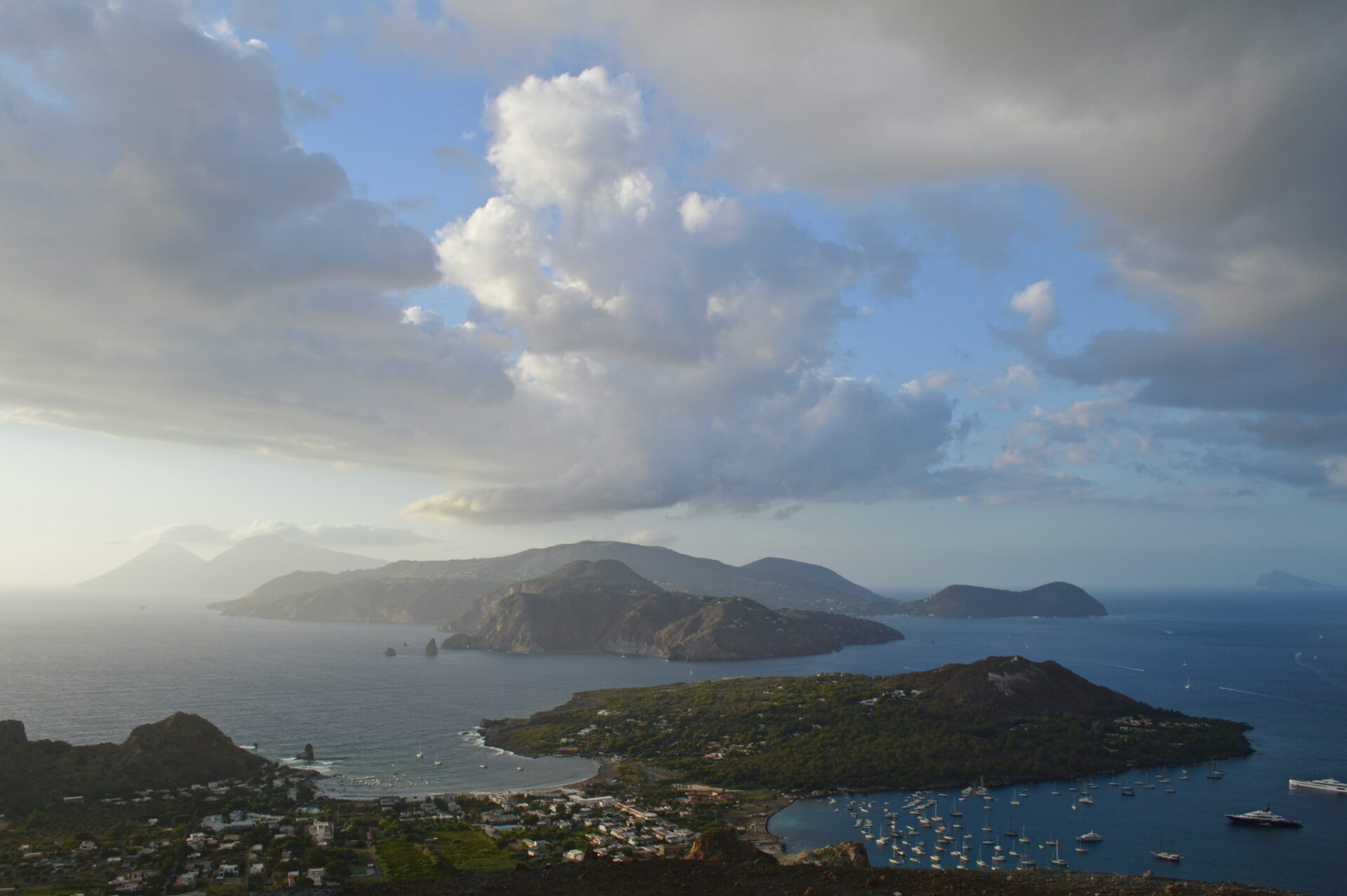
Hiking and Climbing Stromboli: Adventure Awaits
Hiking Stromboli is up there with my favorite adventures. You’ll find both easygoing paths and tougher routes for serious hikers.
Essential Guide to Hiking Routes
Climbing to the summit takes about 5-6 hours round trip. Most tours start in late afternoon so you reach the top as the sky darkens.
You’ve got two main routes:
- Standard Path: Starts in San Vincenzo and follows a marked trail up to 924 meters
- Alternative Route: Begins in Ginostra, a quieter village on the other side
Wear sturdy hiking boots—ankle support matters. The landscape shifts from green at the base to black ash and rock up top.
Guides usually take groups of up to 20. Expect to pay €40-80 depending on the season and what’s included.

Punta Labronzo: The Perfect Observation Point
If you’re not up for the summit, try Punta Labronzo. This spot sits lower but gives you epic views of the Sciara del Fuoco.
The hike from town takes just 1-2 hours and isn’t too tough. Even from here, I could see the volcano’s eruptions clearly.
The best part? Watching red-hot lava spill into the blue sea. The color contrast is unreal.
Plenty of tours offer sunset trips here, mixing geology with local stories.
What to Expect: Safety Tips and Regulations
Hiking an active volcano isn’t something to take lightly. Authorities keep a close watch, and they’ll close trails if things get risky.
You’ll need:
- A helmet (guides provide these)
- A headlamp plus spare batteries
- Eye protection
- A dust mask if you’ve got sensitive lungs
- At least 1.5 liters of water
Guides are mandatory for summit hikes—not just a rule, but actually important for safety. My guide pointed out dangers I never would’ve noticed.
Kids under 10 can’t do the summit hike, and anyone with heart or lung problems should talk to a doctor first.
Weather changes fast up high, so bring layers even in summer.
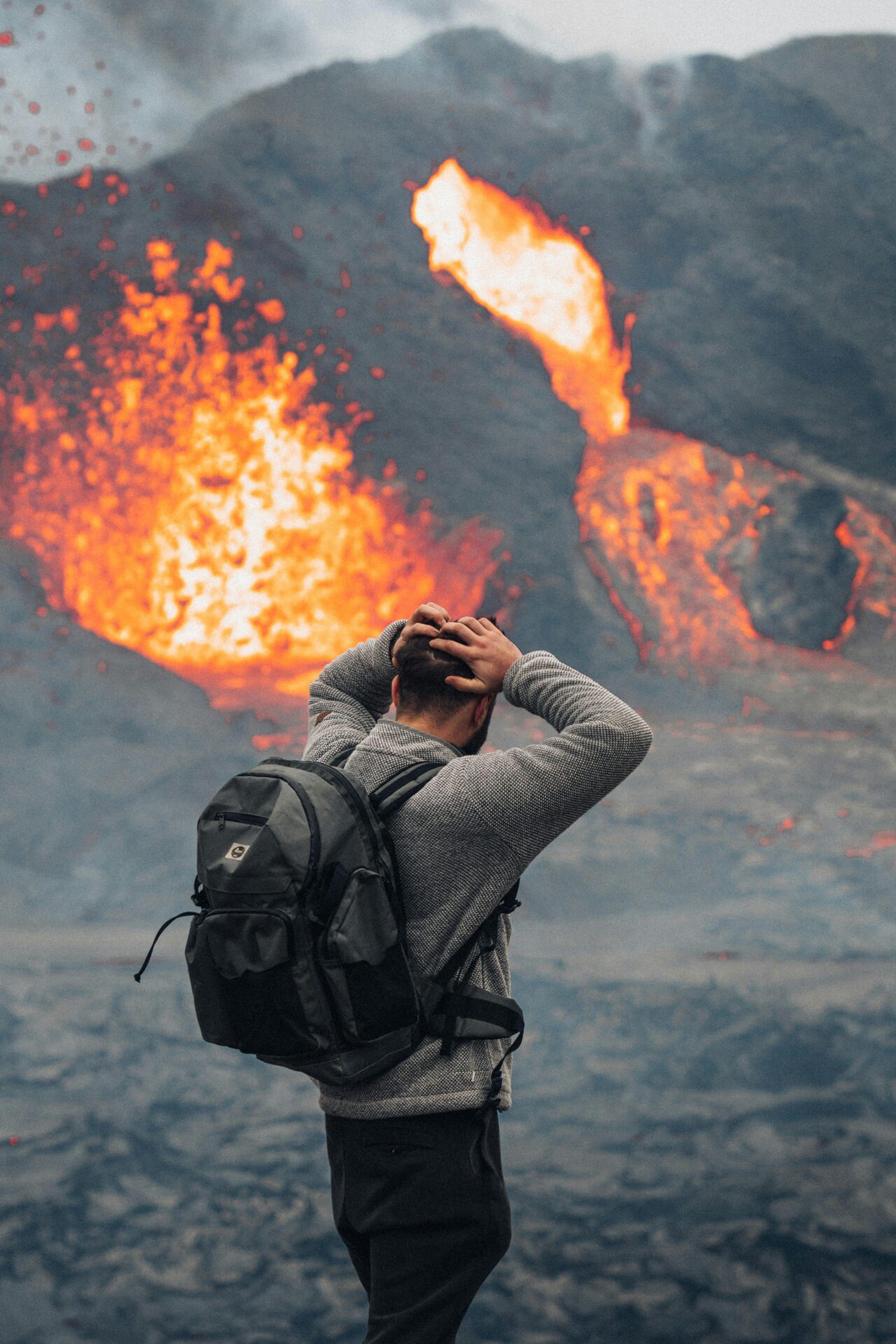
Experiencing Stromboli by Night: Excursions and Night Skies
Night hikes give you the most dramatic views. We set off around 4pm and reached the top just as darkness settled in.
After sunset, each eruption glows bright red against the night. It’s like nature’s own fireworks, happening every 20 minutes or so.
Boat tours circle the island at night too, letting you watch eruptions from the water if you’d rather skip the climb.
Stromboli’s night sky is incredibly clear—hardly any light pollution here. Between eruptions, I found myself lost in the stars overhead. Some guides even point out constellations during breaks.
Bring a camera that works well in low light, but honestly, no photo does this place justice.

Life Beyond the Crater: Exploring Stromboli’s Natural Beauty and Culture
Stromboli is more than just a volcano. The landscape mixes wild volcanic shapes with classic Mediterranean charm—a paradise for nature lovers and anyone who likes a little culture with their adventure.
Black Sand Beaches and Coastal Wonders
The first time I stepped onto Stromboli’s black sand, I knew I was somewhere different. These volcanic beaches meet the turquoise Tyrrhenian Sea in a way that’s just stunning.
Ficogrande Beach is the busiest. I spent hours swimming in clear water, always with one eye on the smoking volcano above.
If you want something quieter, check out Forgia Vecchia. This hidden cove has cool rock formations shaped by old lava flows.
Snorkeling here is fantastic. I spotted bright fish weaving through volcanic rocks, and underwater caves formed during ancient eruptions.
Nature fans will love the unique ecosystem. Volcanic soil helps Mediterranean plants thrive right alongside the black sand dunes.
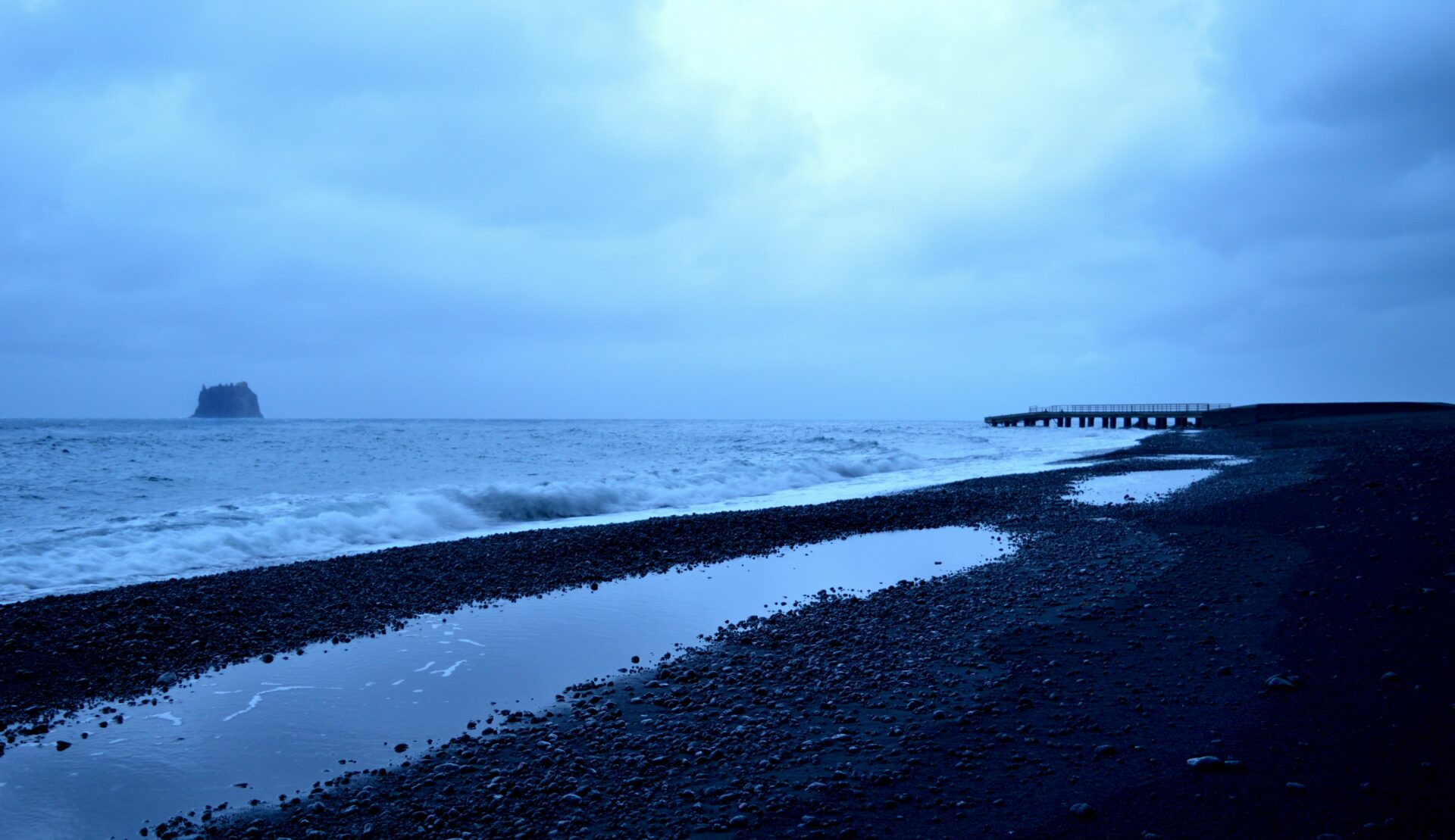
Sunset Views and Tyrrhenian Sea Adventures
I’ll never forget watching the sunset from Stromboli. Punta Corvo became my favorite spot—there, I saw the sun disappear behind the sea while the volcano threw sparks into the twilight.
The waters around Stromboli invite you to explore in all sorts of ways.
- Boat tours: Circle the island and catch the “Sciara del Fuoco”—that’s where lava pours right into the sea.
- Diving: Swim among underwater lava formations and spot bursts of marine life.
- Kayaking: Paddle along the coast for a fresh angle on the volcano.
Island hopping to the nearby Aeolian Islands is a must if you have a day to spare. Panarea and Lipari each show off a different side of this volcanic chain.

Local Flavors: Seafood, Olives, and Pizza
Stromboli’s food scene feels as lively as the island itself. Fresh seafood fills every menu, and restaurants serve whatever the fishermen hauled in that morning. I still crave the grilled swordfish from Trattoria da Luciano—just a drizzle of local olive oil and lemon, and wow.
The volcanic soil here grows some of the best olives, capers, and tomatoes I’ve tasted. These pop up in so many dishes.
Must-Try Local Specialties:
- Pane cunzato (bread topped with tomatoes, olives, and anchovies)
- Pasta alla Strombolana (seafood and capers, simple but perfect)
- Granita (crushed ice dessert, so refreshing after a hike)
Don’t skip pizza at Da Zurro. The wood-fired crust gets this amazing smoky edge, and you can watch the volcano from the terrace while you eat.
Sometimes, local fishermen sell their catch right at the harbor in the morning. That’s the real island experience.
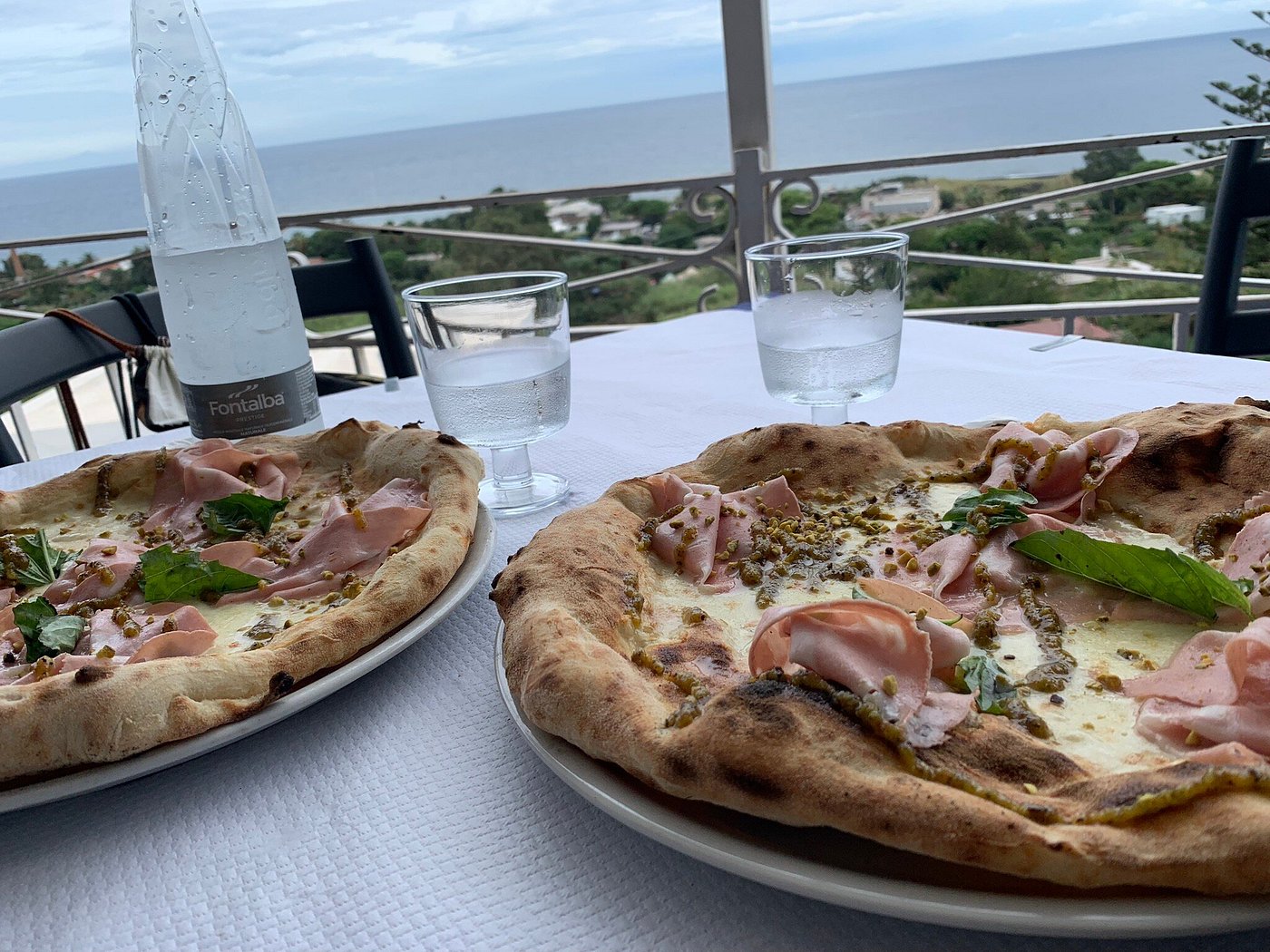
Planning Your Stromboli Getaway
Getting ready for a trip to Stromboli takes a bit of planning. You’ll want to figure out transportation and pack the right gear for hiking the volcano. Here’s what helped me make my adventure smooth and memorable.
Getting to Stromboli: From Naples, Sicily, and Beyond
Honestly, just getting to Stromboli feels like an adventure. From Naples, you can hop on a ferry or hydrofoil out to the Aeolian Islands. The trip usually takes 5-6 hours, depending on the sea.
Coming from Sicily? Milazzo is your best launch point. Ferries and hydrofoils run regularly to Stromboli, and the ride is about 1.5 to 3 hours.
In summer (June-September), services run daily, but winter brings fewer options. I always book tickets ahead in peak season, just to be safe.
Weather can shake up the schedule, so I leave some wiggle room in my plans. You can also get to Stromboli from other Aeolian Islands like Lipari, which connects more often to the mainland.
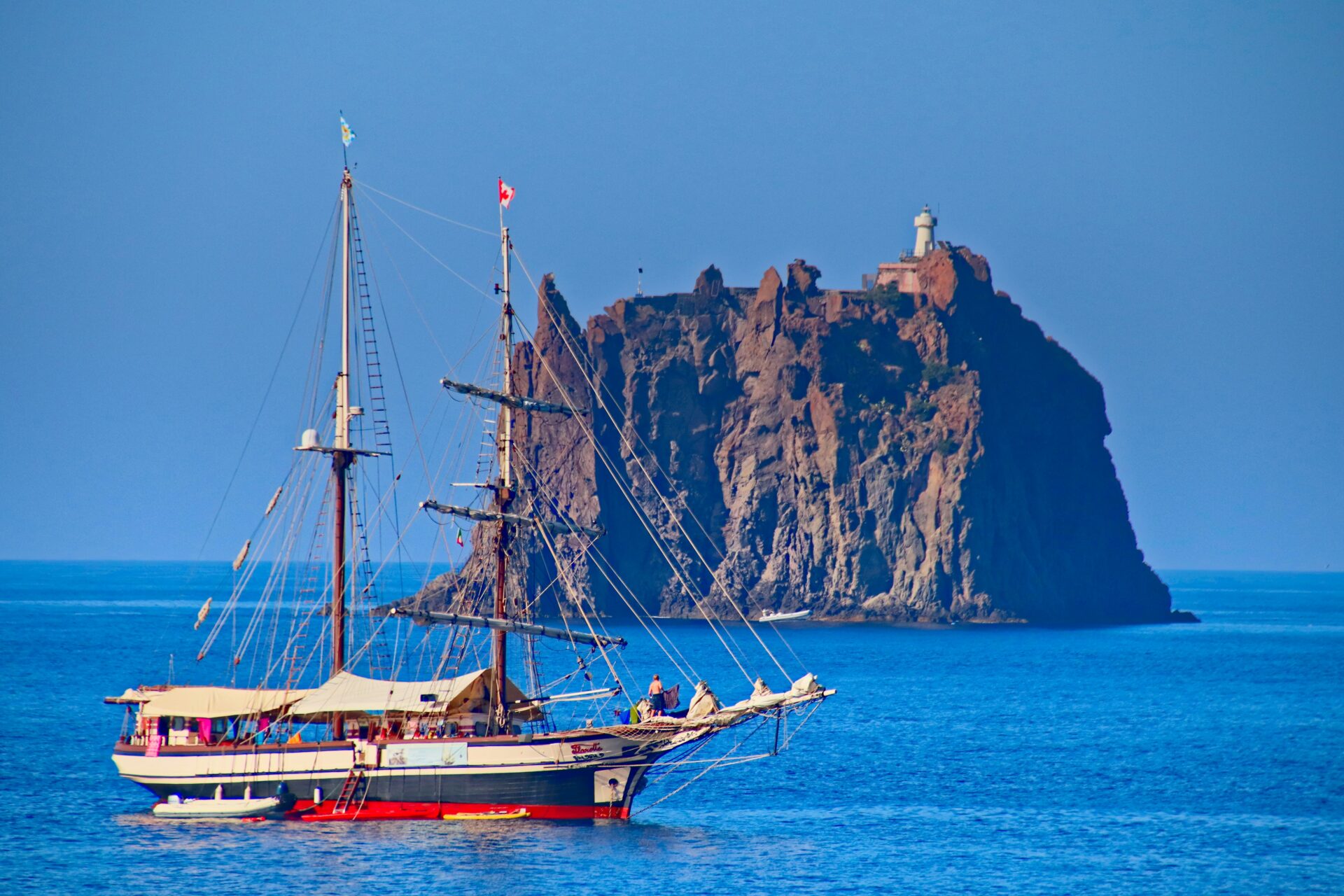
When to Visit: Seasons and Practical Tips
I think the sweet spot for visiting Stromboli is between April and October. The weather’s reliable, and hiking conditions are great. If you go in July or August, expect crowds and higher prices—but the sea is warm and perfect for a swim.
Weather considerations:
- Spring (April-May): Mild weather, not many tourists
- Summer (June-September): Hot and lively, peak season
- Fall (October): Cooler, good for hiking, fewer people
Guided volcano treks usually run every day in summer, but they depend on the weather. I always check volcanic activity updates before I go, since more eruptions can close off the summit.
The hike takes about 5-6 hours round trip and usually starts late in the day so you can catch the eruptions after dark. If you’re visiting in high season, book your trek a few days ahead.
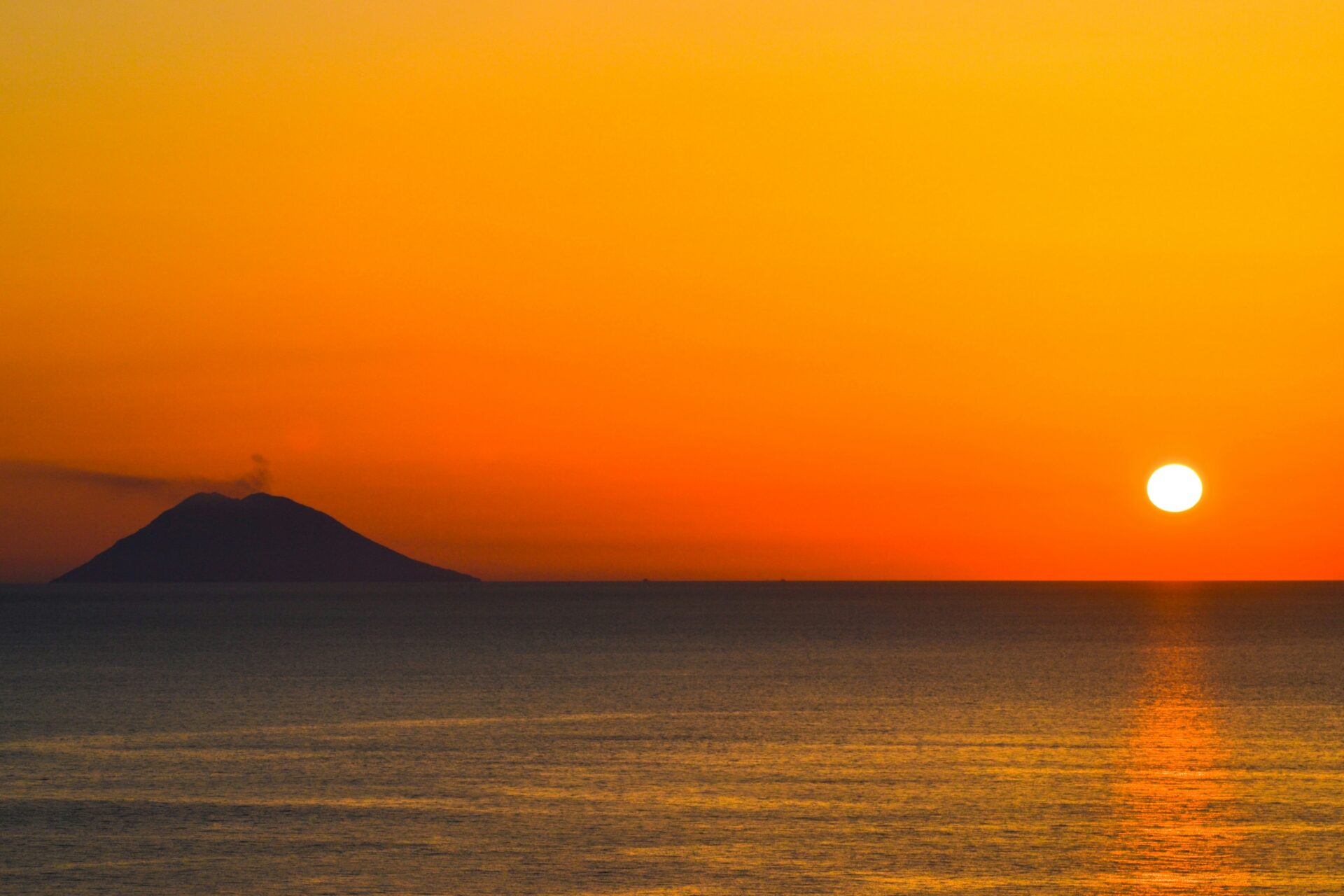
Where to Stay and What to Pack
I’ve stayed in both San Vincenzo and Ginostra villages. San Vincenzo just has more places to stay—think small family-run hotels or vacation rentals, not big resorts.
Accommodation tips:
- Try to book 2-3 months before your summer trip.
- I’d suggest staying 2-3 nights, just in case the weather changes your plans.
- Lots of hotels rent out gear for volcano hikes, which is super handy.
When it comes to packing, stick with the hiking basics:
- Sturdy hiking boots (you’ll need them for volcano treks)
- A headlamp and some extra batteries
- Warm layers—trust me, the summit gets cold fast
- Water bottle (aim for 1.5-2 liters)
- Sunscreen and a hat
- A light rain jacket
I always toss a swimsuit in my bag for Stromboli’s black sand beaches. Don’t forget a camera with good night settings if you want to catch those wild eruptions. Most hotels hand out helmets for guided hikes, but if you’re picky about the fit, just bring your own.

